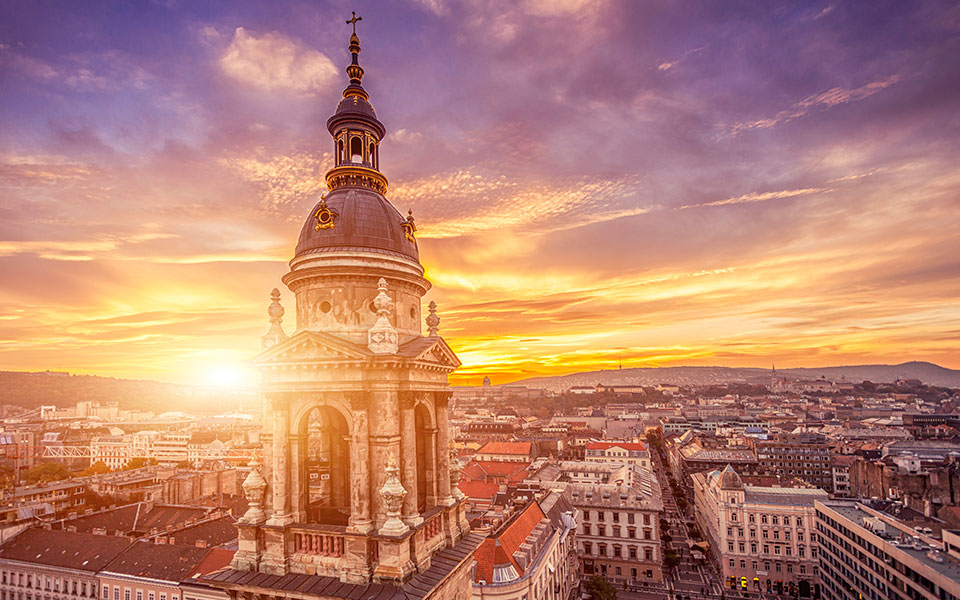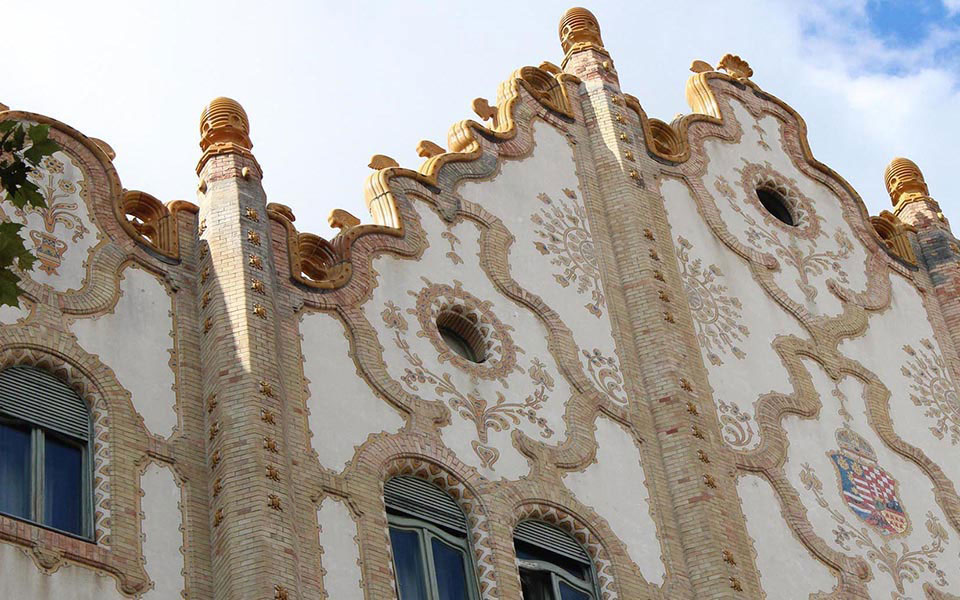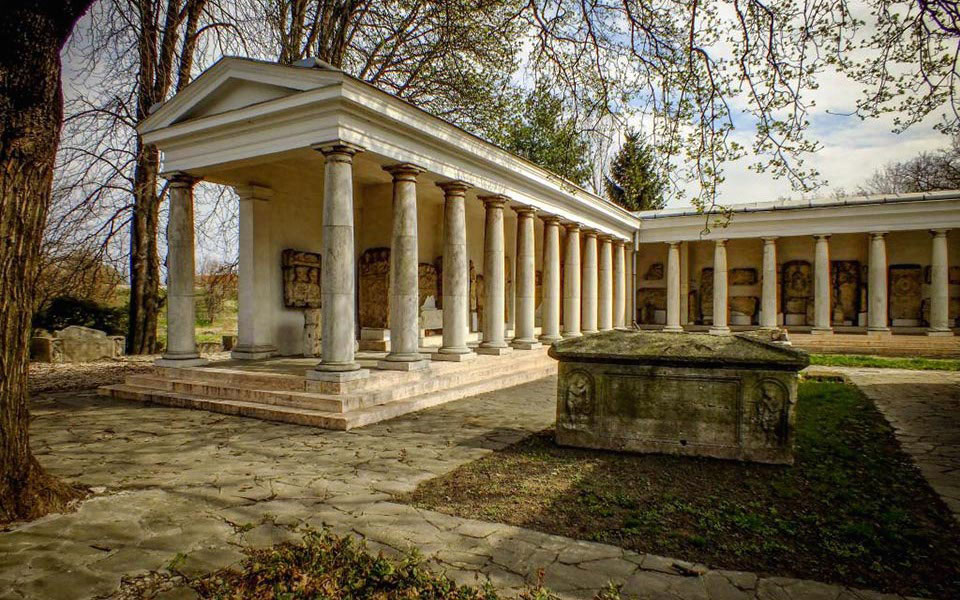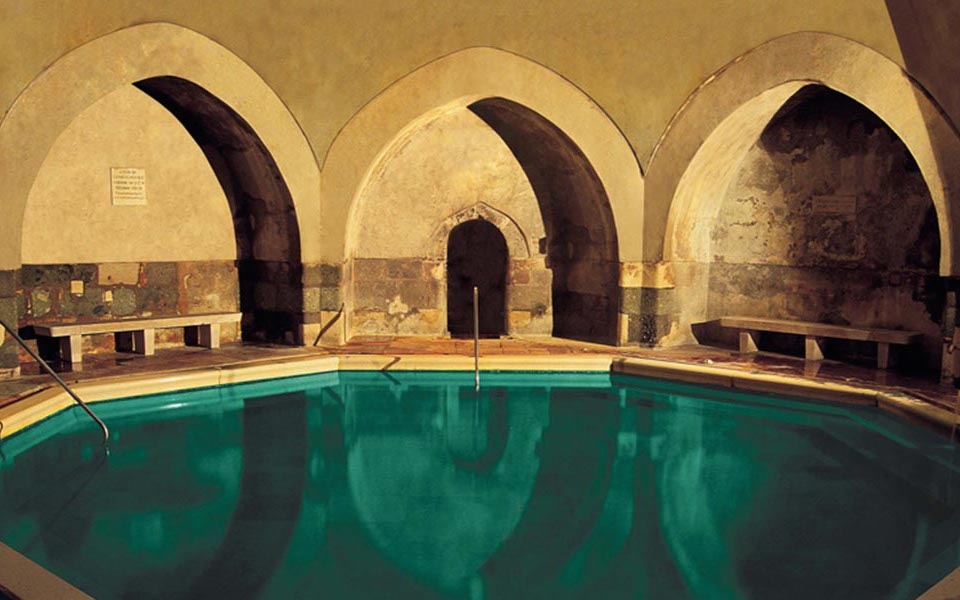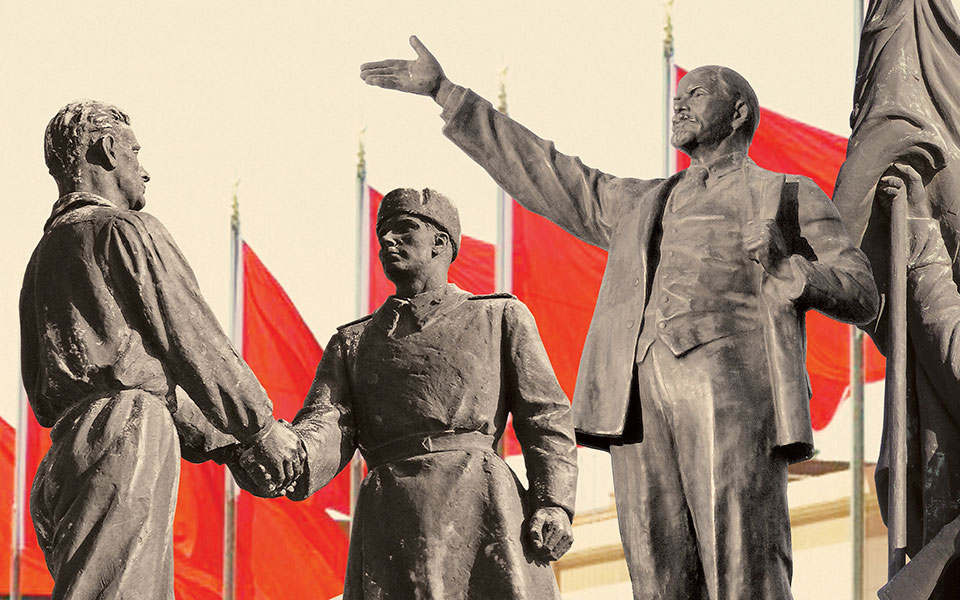Around the turn of the 20th century, Budapest really started to come into its own as this was a period of intense urbanization, with ambitious infrastructure projects and grand architecture. In addition, the revival of the national identity coinciding with the Hungarian millennial celebrations in 1896 – a series of festivals and celebrations marking 1,000 years since the arrival of Hungarians in the Carpathian Basin – was a strong motivator for the city. Many of these projects still live and breathe in the city today, and if you’re keen to see them for yourself, here’s what should be on your list. Want to learn more about this fascinating period of Budapest? Sign up for the Budapest’s Art Nouveau walking tour.
Millennium Metro
No project was bigger than the construction of the Millennium Metro in Budapest – now running as Metro Line 1 – complete with old-worldly carriages and stations that seem stuck in a past time.
Download our Free Budapest Guides to learn how you can make the most of your trip.
Completed by 1896, it stretched the length of Andrássy Avenue to the City Park. It was a project of unprecedented scale, with 2,000 people working on it for 2 years with some of the most high-tech equipments available at the time.
 Photo: Csaba Jászai, MTI
Photo: Csaba Jászai, MTI
Róth Miksa Museum
If you want to check out some hidden beauty of sorts, go visit the Róth Miksa Museum. Miksa Róth was one of Europe’s top stain glass window makers, and his work can be still be found in many buildings in the city, including the Parliament and the Gresham Palace (Four Seasons Hotel Budapest).
Today, his old house is a tribute to and an insight into his work and processes. You’ll see some of his greatest pieces as well as his home with original furniture and decorations, so this museum is also a great place if you want to learn about how people lived in Budapest during the late 1800s and early 1900s.
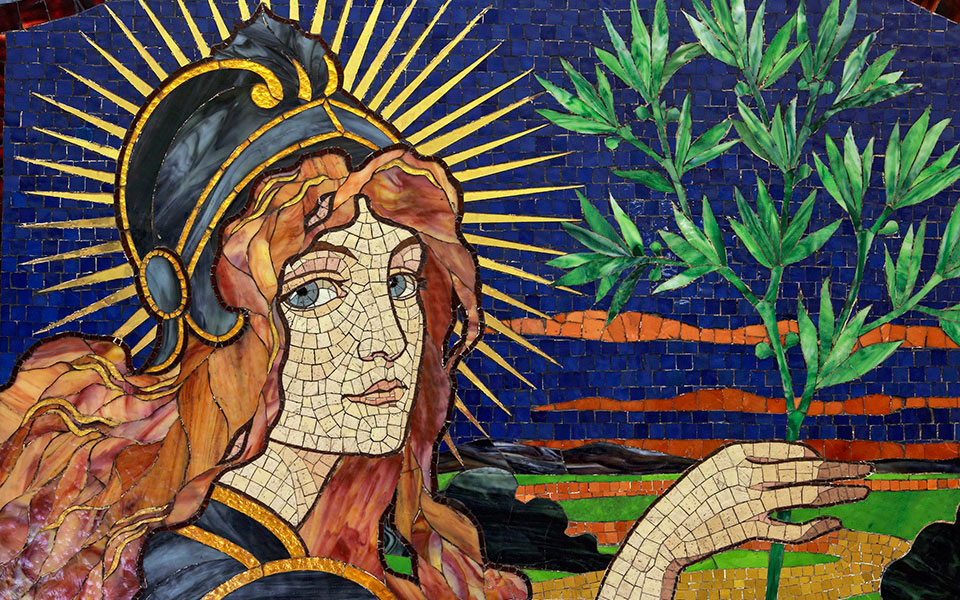 Photo: Róth Miksa Museum
Photo: Róth Miksa Museum
Andrássy Avenue
Andrássy Avenue, a UNESCO World Heritage Site, was a result of the intense development of the era, designed to showcase the opulence of Budapest. Opened in 1876 after 4 years of construction it was designed to link the inner city with City Park and is lined with some of the city’s most spectacular Neo-Renaissance palaces, mansions and townhouses which today house luxury apartments, boutiques and restaurants.
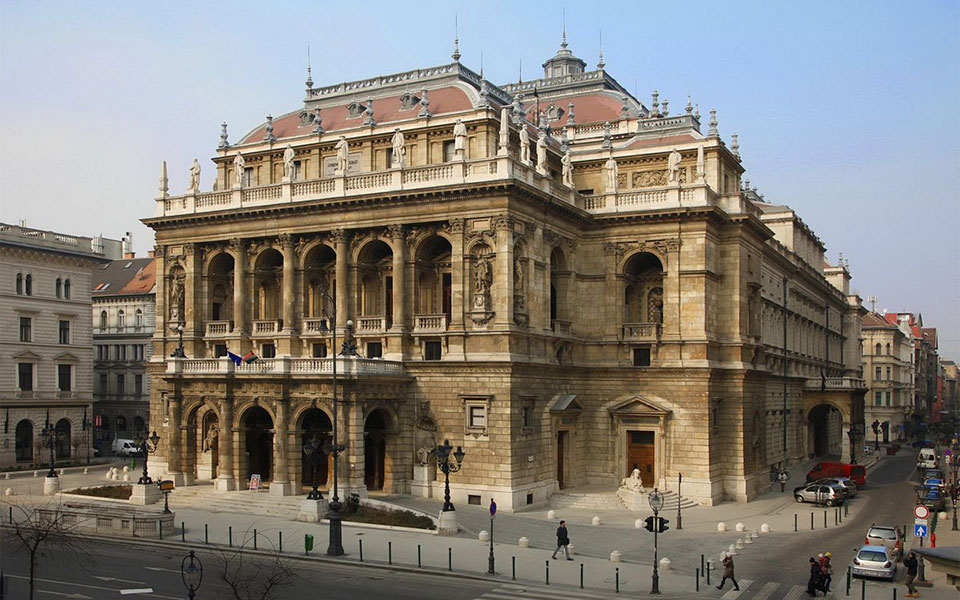 Hungarian Stage Opera House on Andrássy Avenue, opened in 1884. Photo: Hungarian State Opera
Hungarian Stage Opera House on Andrássy Avenue, opened in 1884. Photo: Hungarian State Opera
Secessionist Architecture
Budapest’s Secessionist style architecture, like its Viennese counterpart, fitted with the ‘new century’ wave that was overcoming the city – a movement away from the formalist designs of the past.
Many of the city’s Secessionist style buildings are some of its grandest. Top of your list should be The Museum of Applied Arts – sadly closed for a few years, but still great to look at from the outside. Other buildings worth checking out include the Liszt Music Academy and the Four Seasons Hotel down by the river. You can also visit the House of Hungarian Art Nouveau, a stunning building with a unique museum inside showcasing beautiful Art Nouveau items, furniture, artifacts and more.
 The main facade of the Liszt Academy. Photo: György Darabos
The main facade of the Liszt Academy. Photo: György Darabos
Millennial Monument at Heroes’ Square
Reach City Park by road or rail, and the first thing that greets you will be the spectacular Millennial Monument, consisting of a vast column and surrounding pillars, built in 1896, once again, to celebrate 1,000 years of Hungary.
Sitting up front is a large stone cenotaph chained off from the rest of the square and with a dedication that reads “To the memory of the heroes who gave their lives for the freedom of our people and our national independence.”
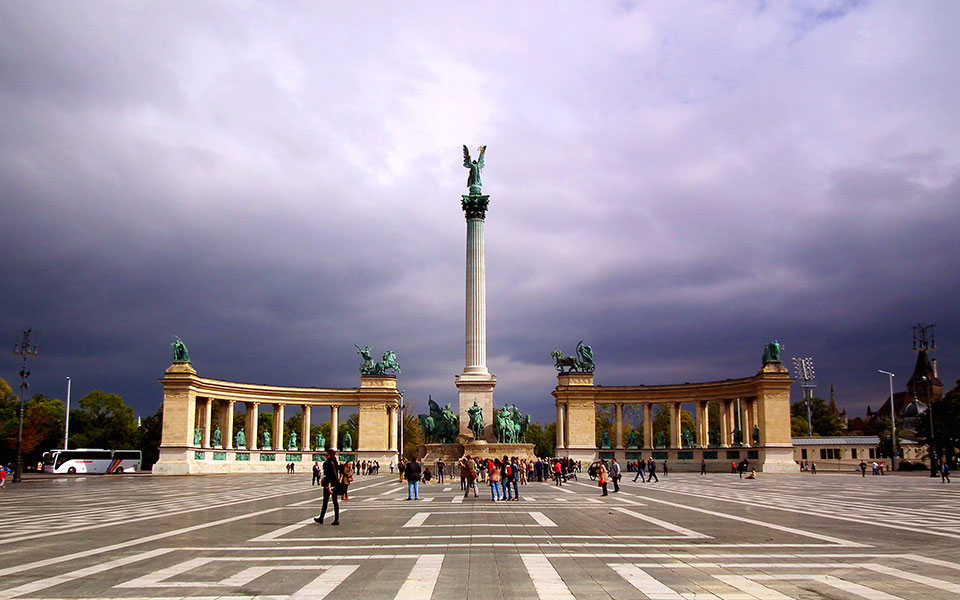 Photo: Wikipedia Commons
Photo: Wikipedia Commons
Café Gerbeaud
Moving away from architecture for just a bit, another gem of the Golden Age of Budapest is Café Gerbeaud. In 1870, local entrepreneur Henrik Kugler opened a coffeehouse on Vörösmarty Square. A strong creative and intellectual class existed in Budapest at the time and this drove coffee house culture, as these were places that people could gather and exchange ideas.
Download our Free Budapest Guides to learn how you can make the most of your trip.
His coffees and candies were well liked by the greats of time but the cafe’s fortunes really changed after 1882 when Kugler, on a trip to Paris, met Emil Gerbeaud, a confectionery talent from Geneva, who moved to Budapest and revolutionized the cafe’s offerings – introducing such delights as butter creams, Parisian crèmes, hundreds of kinds of shortcakes, and kirsch candy.
Visit today and you’ll be pleasantly surprised to find it’s retained its Gründerzeit-charm complete with stucco, grand chandeliers, and exotic wood paneling.
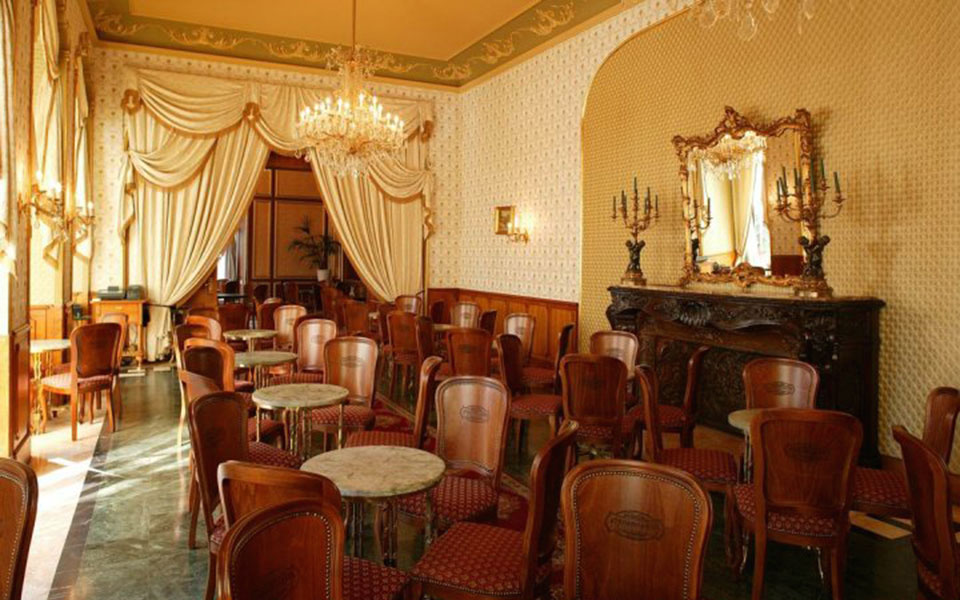 Photo: Café Gerbeaud
Photo: Café Gerbeaud
Parliament
Saving the best for last, Budapest’s Parliament building is by far its most spectacular, sitting proudly on the Pest bank of the Danube. In 1876, the 3 parts of Budapest – Buda, Pest, and Óbuda, finally came together and it was decreed that a new parliament building should be built.
And, so it was. A competition was held to find the design, and Imre Steindl won – with his inspiring vision brought to life between 1885 and 1904, a project which involved a staggering 100,000 people and 40 million bricks.
 Photo: Claudio Saroldi Photography
Photo: Claudio Saroldi Photography
Want to read more about this fascinating era of Budapest? Budapest 1900 by John Lukács will give you plenty of insight into the cultural and political context of the around during the late 1800s and early 1900s.
Have you read our articles about Budapest during the Roman times, the Ottoman era and the city’s Communist history?
Featured image: Interior of the Liszt Academy by Judit Marjai
Related Experiences
Communist Budapest
3 hours 65 USD
Travel back in time to 20th-century communist Hungary and enjoy a fascinating glimpse into what life was like in Budapest.
LEARN MORE
Budapest Grand Walk
4h 69 USD
Explore the most beautiful neighborhoods of Pest on this 4-hour walk and learn about the city’s rich history and culture.
LEARN MORE
Budapest’s Art Nouveau
3 hours 65 USD
Explore Budapest’s stunning Art Nouveau architecture and learn about its culture and history during the turn of the century.



